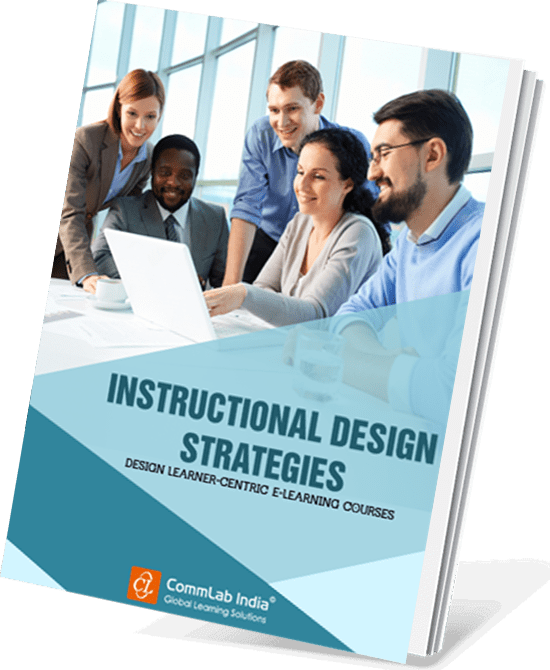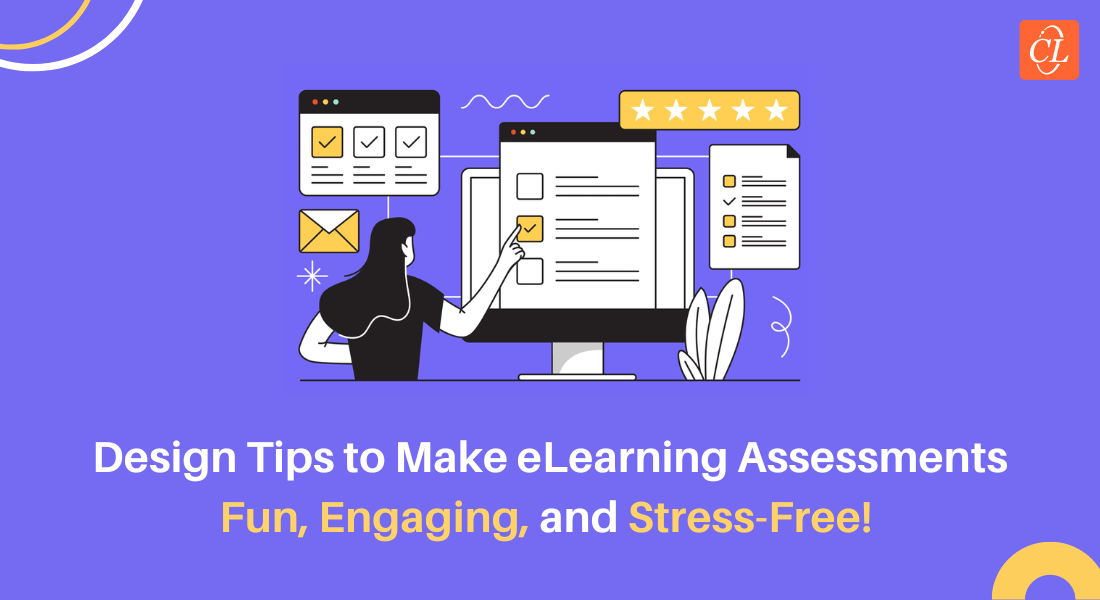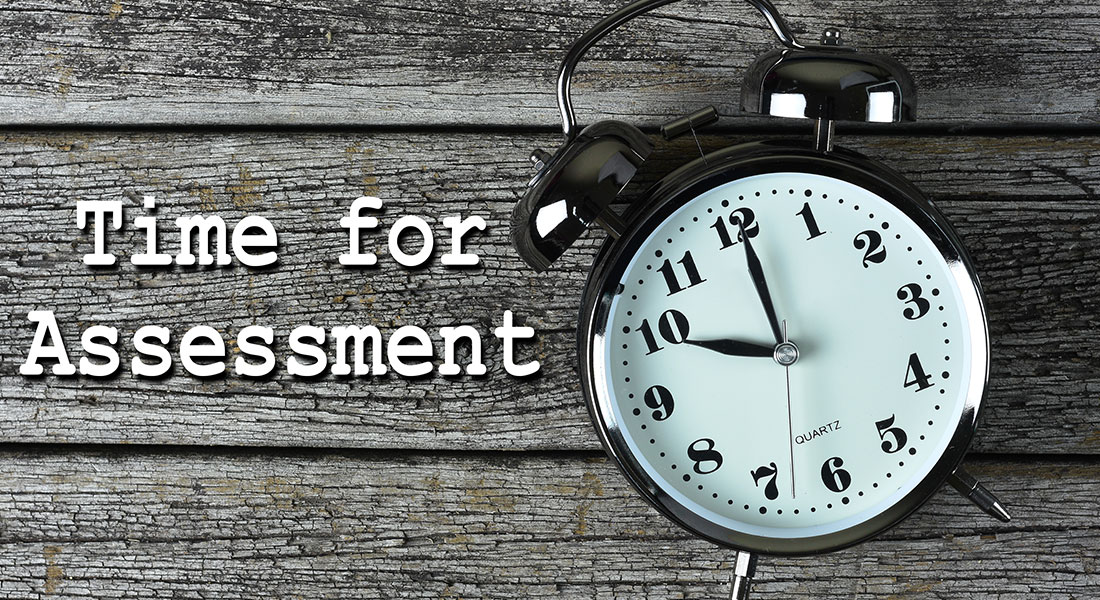Designing for Motivation in eLearning: Do You Use the Flow Theory?

Motivation can impact what learners learn, how they learn, as well as when they choose to learn. Similarly, in an eLearning course, motivated learners are more likely to be engaged actively, undertake challenging activities, adopt a deeper approach toward learning, and exhibit enhanced performance and productivity. So how can we design eLearning for motivation?
→ Download Now: Instructional Design Strategies to Design Engaging eLearning Courses
How to apply the Flow Theory in eLearning?
- Leverage learner control
- Provide clear goals
- Strike a balance for challenges with learner ability and time
- Eliminate distractions
- Give immediate feedback
Considering the importance of motivation in learning, it’s not surprising that it’s being mentioned often. For instance, you might have heard about coaches who train people on inculcating motivation in the workplace, or about seminars and workshops that claim to offer the how-to and what-ifs of motivation. Well, being a training manager, it’s imperative for you to ensure your employees are motivated about taking an online training course and maintain that throughout.
Consequently, knowing what drives people to learn is essential when it comes to developing eLearning courses that emulate higher engagement levels. How do you do that? Thankfully, there are studies and researches that show how the human mind functions. Out of many, here is the Flow Theory that can be applied for eLearning course development to persuade and motivate your learners to move ahead and complete the desired tasks.
The Flow Theory
What is it?
Developed by the Hungarian psychologist Dr. Mihaly Csikzentmihaly, the Flow Theory focuses on the cognitive state of learners during learning, and the state at which intrinsic motivation happens. According to the theory, flow occurs when the learner is voluntarily engaged, and learning happens in a controlled way and flows according to his/her preferences/needs.
To put it simply, it is that state of intense focus where individuals are so engrossed in their work that they forget the passage of time. Needless to say, every organization vouches for a similar state in learning, isn’t it?
Being in a state of flow helps maximize the training effectiveness of your online training programs. Consequently, higher engagement levels lead to enhanced comprehension, retention, recall, and transfer of knowledge to the workplace. How can you help learners achieve this ease of flow in eLearning?
How to Apply the Flow Theory in eLearning?
1. Leverage Learner Control in Online Training
First and foremost, the learner must know that he has control over the online learning experience he will undertake. Being adults, having control would mean motivation and happiness from the fact that they can wield control over the pace and flow of their learning.
For instance, in eLearning, this may come in the form of being able to select the modules they want to complete next or go back and forth between modules. In case you have a gamified learning approach, you can allow learners to choose their preferred avatar, location, etc.
2. Provide Clear Goals in eLearning for Motivation
For learners to be focused, it is important to ensure clearly defined goals and learning objectives during eLearning design. This allows learners to be focused on the goals to attain the flow state. Apart from fostering efficient performance, having clear goals establishes the relevance of the online training program to learners’ immediate workplace issues.

Instructional Design Strategies to Design Engaging eLearning Courses
Design Learner-Centric eLearning
- Importance of ID Strategies in eLearning
- Parameters to Select the Right ID Strategy
- ID Strategies for Effective Results
- Case Studies
3. Strike a Balance in Challenges between Learner Ability and Time
As per the Flow theory, optimal learning happens when there is a perfect balance between the level of difficulty of the learning activities and the ability and skill of your learners. The theory emphasizes the importance of the correlation to be ensured during eLearning development.
For instance, if the learning activity is too simple or presented slowly, it might put off learners with the impression that the course won’t lead anywhere. It puts forth a feeling of stagnancy which can demotivate learners. Even if the task is too challenging, it will demotivate learners and make them feel they are not capable of attaining the desired skill. Hence, striking a balance is a must.
4. Eliminate Distractions in eLearning for Motivation
Adult learners will only achieve the state of flow if they are truly focused on the eLearning course. To enable focus and motivation in an online learning experience, distractions have to be minimized. The eLearning content, assessments, learning activities – all have to be aligned and command learners’ attention.
Also ensure your course does not have the following – unrelated information, irrelevant images and graphics, cluttered layout, chaotic color schemes. Also, maintaining consistency in the look-and-feel of the eLearning course ensures cohesiveness, allowing learners to quickly understand the learning content.
5. Give Immediate Feedback
Another way to avoid breaking the flow is to provide immediate feedback during the eLearning experience. It is important that your learners be aware of whether they are succeeding or failing, while progressing through the course.
Needless to say, instant feedback ensures learners learn from their mistakes, immediately. Feedback also negates the scope of similar mistakes in the future and reinforces the right information, the right decision, or the right way of doing something. Additionally, it boosts the confidence of learners, ensuring they are on the right path of learning.
Optimal flow is imperative, considering it holds the power of enhancing the effectiveness of your eLearning content, activities, and assessments. If your learners are able to immerse themselves in the learning process and are motivated enough to attain the learning objectives innately, chances are they are more likely to hone their skills. Thereby, use these tips and apply the Flow Theory to your eLearning courses and design for motivation to ensure learners are satisfied, engaged and motivated!





